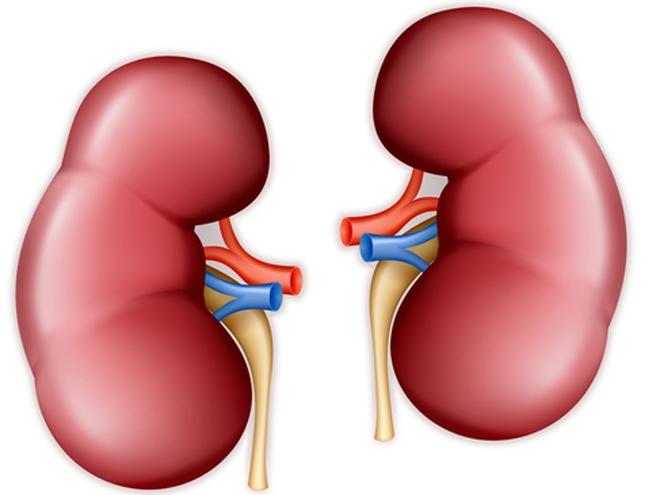The loss of physical function in patients with chronic kidney disease (CKD) is due, in part, to the development of sarcopenia associated with metabolic acidosis. Decline in the ability to rise from a seated position is one measure of the risk of loss of independence among patients with CKD. However, according to Vandana S. Mathur, MD, FASN, and colleagues, physical performance is not part of a routine office visit in CKD clinical practice.
The Kidney Disease and Quality of Life Physical Function Domain (KDQOL-PFD) is a 10-item survey in which responses include “not limited at all,” “limited a little,” and “limited a lot.” Dr. Mathur and colleagues conducted a study to evaluate the correlation between patient-reported limitation on daily activities on the KDQOL-PFD and the standardized 5-times repeat chair stand time (RCS) test. The researchers used data from a 1-year randomized trial of patients with metabolic acidosis in CKD.
Results of the current analysis were reported during a virtual poster session at ASN Kidney Week 2020 in a poster titled Correlation Between Patient-Reported Physical Limitation and Objective Physical Performance on the Repeated Chair Stand Time Test among Patients with Non-Dialysis Dependent CKD and Metabolic Acidosis.
There was a significant, direct correlation between improvement (higher score) over 1 year on the KDQOL-PFD total score and improvement on the RCS (faster time) (Pearson’s product-movement correlation, 0.33; P<.001) In addition, there was significant correlation between five of the 10 individual KDQOL-PFD activity limitations and RCS time: (1) lifting or carrying groceries; (2) bending, kneeling, or stooping; (3) walking one block; (4) walking several blocks; and (5) bathing or dressing yourself (P for correlation for all questions, <.050).
In a linear model, there was an association of each category of decline in the KDQOL-PFD for the individual questions and significant deterioration of RCS time in the range of 3.29 to 3.80 seconds, exceeding the minimally clinically important difference of 1.7 seconds.
In conclusion, the researchers said, “Our findings suggest that asking patients if they are limited in their ability to do daily activities such as walking one block or lifting or carrying groceries may be a practical way to screen for significant physical performance declines known to have important health, social, and economic consequences. Routine identification of patients with physical functional decline might allow for earlier implementation of interventions to forestall further impairment.”
Read more here: https://www.asn-online.org/education/kidneyweek/2020/program-abstract.aspx?controlId=3446538
Source: Mathur VS, Walker M, Klaerner. Correlation between patient-reported physical limitation and objective physical performance on the repeated chair stand test among patients with non-dialysis dependent CKD and metabolic acidosis. Abstract of a poster presented at the American Society of Nephrology virtual Kidney Week 2020 (PO1687), October 22, 2020. Funding for this poster was provided by Tricida, Inc.






 © 2025 Mashup Media, LLC, a Formedics Property. All Rights Reserved.
© 2025 Mashup Media, LLC, a Formedics Property. All Rights Reserved.